What specs should I look for in a gaming PC?
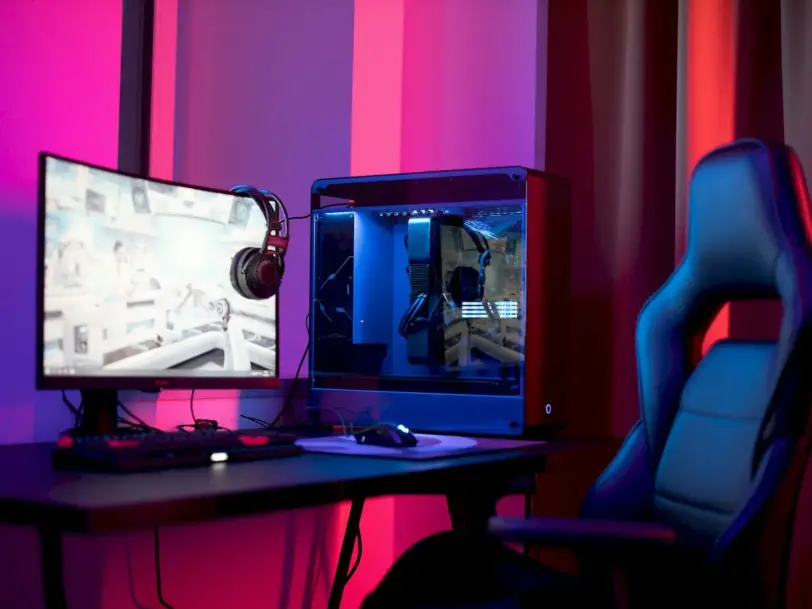
Considering the huge variety of available components and possible configurations allowed, assembling a desktop computer for gaming is not an easy task. Therefore, in this guide, we give you a little help so that you can assemble the best custom PC for the most avid gamers.
Features to consider for a gaming PC. Features and components of a gaming PC you should consider include:
Processor (CPU)
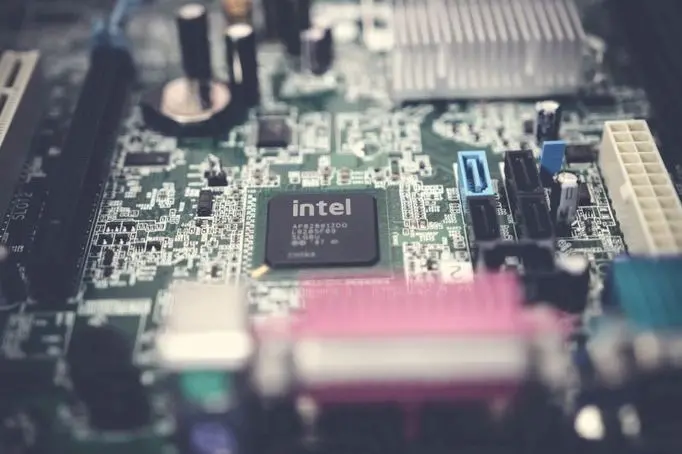
To choose a good CPU for gaming, it is very important to know what parameters to look for. Note that the CPU is an important component as performance will largely depend on this unit. The graphics card (GPU) alone is not important as you need to make sure that the system will be controlled by the CPU and that it will not become a bottleneck. This is especially the case at lower resolutions like 1080p or 1440p, but as you move up to higher resolutions like 4K or 8K the effect becomes less and the GPU’s influence increases.
To choose the right CPU, you should consider the following factors:
- Cores: Four or six cores are sufficient, as video games are not optimized to take advantage of more than that. So, don’t get stuck buying processors with a large physical core count. Better optimize your money to invest in other pieces that matter more.
- Clock frequency: This is really important as single core performance and clock frequency have a lot to do with gaming. So make sure it performs well with a single core and as high a frequency as possible. You should also go for Intel’s K or AMD’s X CPUs, as these are the ones that are unlocked when you need to overclock for more performance.
- Lanes: It’s important to have plenty of PCIe 5.0 or PCIe 4.0 lanes so you can quickly and directly connect other drives in your system. It’s something many neglect, but it’s vital.
- DC support: It is important that it has DualChannel support, as this will greatly speed up the connection to the RAM if you are going to install more than one module.
RAM Memory
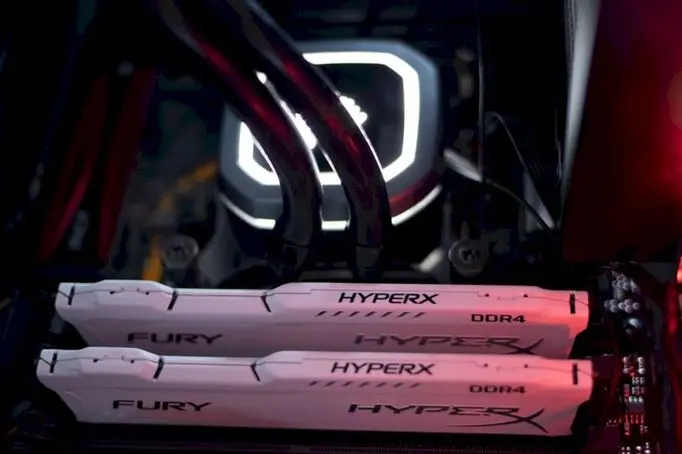
To choose RAM for gaming, you should mainly focus on:
- Type: Currently, faster DDR5 memories have been released. However, they are also more expensive, which can sometimes make them not worth it. But of course they went one step further than DDR4. Therefore, if there is a possibility to buy a DDR5, it is better to choose it.
- Capacity: Another very important factor. The number of processes it can accommodate for faster access will depend on the capacity, thus affecting performance. The more the better. However, you should not spend money on very large configurations for gaming. At around 16GB it should be good for most current AAA titles and cases.
- Speed: Can be measured in megatransfers per second (MT/s) or megahertz (Mhz). The higher the number of either of these two drives, the higher the transfer speeds, hence the better for performance.
Video Card (GPU)
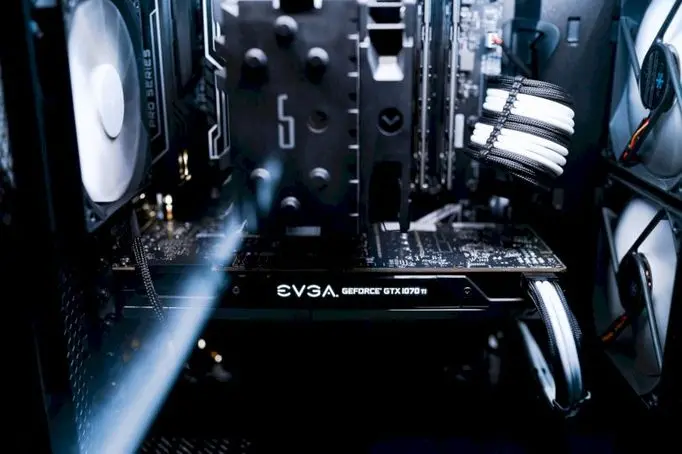
It is another essential piece for the game. Remember that it is the one responsible for graphics processing, so it is very important that you choose the right one for video games. And that means getting a GPU with the right specs:
- Architecture: Choose as new an architecture as possible. For example, an AMD RDNA3 or an NVIDIA Ada Lovelace. This not only ensures that you get the maximum performance from the graphics processor, but also supports the latest features and technologies that can help improve performance, FPS or the graphics quality of the game.
- VRAM: To work well at 1080p resolutions, it is important that you have at least 4 GB or 6 GB. However, for gaming at higher resolutions like 4K, you need 8GB or 12GB graphics cards, etc. It is better to prefer.
- TDP: Thermal Design Power, or TDP, is a measure of heat dissipation, but it also gives an estimate of how many watts you’ll need to run your card at factory settings. This is important when choosing the PSU and cooling to include in your PC gaming PC configuration. Also, as you know, some graphics cards require additional power connections.
- Ports: Some monitors have HDMI, others use DisplayPort, and some older units only have DVI. A few monitors also support DisplayPort signals with USB Type-C routing, but these are relatively rare at the moment. Make sure the card you plan to purchase has the connectors you need for your monitor(s). Do not use an adapter, it is better to have a local connection.
- TFLOPS / GFLOPS: This is a unit often used to determine performance, but don’t rely too much on them. They are not used to compare. Ideally, you should compare benchmarks better, because sometimes a GPU can develop less FLOPS and still perform better in video games.
- Memory speed/bandwidth: Faster memory can make one card faster than another. For example, GDDR6 is 15% faster than GDDR5 thanks to its higher memory bandwidth. So, while it may not be the most important, it is another factor you should keep in mind.
Motherboard
To choose the right motherboard, you should pay attention to other aspects such as:
- Platform: The first thing you need to evaluate is whether you prefer AMD over Intel. Once you’ve decided which CPU is best for you, you’ll need to choose a motherboard that uses the appropriate socket and chipset. Note that these two parts of the motherboard are compatibility related:
- Supported Socket
- CPU
- Chipsets
- LGA 1700
- Intel Core 12th or 13th Gen
- H610, B660, H670, Q670, Z690, W680
- LGA 1200
- Intel Core 10th or 11th Gen
- H510, B560, H570, Q570, Z590, W580, H410, B460, H470, Q470, Z490, W480
- AM5
- AMD Ryzen (Zen4…)
- X670, X670E, B650
- sTRX4
- AMD Ryzen Threadripper 3rd Gen
- TRX40
- AM4
- AMD Ryzen, A-Series or Athlon
- A300, A320, B350, B450, X370, X470, X570
- Form factor: It is also important that you choose the right form factor. This will also depend on the PSU and tower that will need to be supported and matched in order to be maintained and operated properly.
- Connectivity: It’s important to have the PCIe expansion slots you need for your GPU, as well as other connectors such as SATA, USB ports, and an extra adapter if the motherboard has a WiFi network adapter integrated so it can connect wirelessly. You don’t have to use it.
SSD
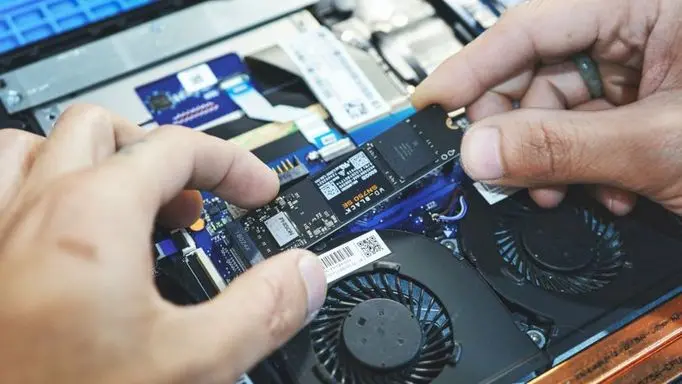
The first thing is to ask yourself whether you need a HDD or SSD for gaming. This choice is easy because SSDs have far surpassed HDDs in access speed. This is important for the game to load faster. And it’s not just that. Few people know that having an SSD can also speed up FPS, because in open-world video games, for example, large amounts of data need to be loaded and this is important to avoid dropping frames per second.
Understanding storage performance is important to choose the right one:
- Sequential read/write speeds are the most commonly used performance metric and represent usage when large blocks of data are moved sequentially, such as when copying and pasting large files to a desktop. They are measured in bytes per second (B/s), and the higher the better for the game you’re playing.
- random access uses data that is in random blocks around the drive, which takes longer to read or write than sequential blocks. This is a good reflection of daily use because games and other applications often read and write small files on the drive and access data out of order. These speeds are measured in IOPS (input/output operations per second).
- Synthetic benchmarks are often used to market storage drives, but these tests should be taken with a grain of salt: they don’t always reflect real-world performance.
- Of course, what is more important is choosing the right interface. Do you have a SATAIII SSD or do you also have NVMe via PCIe? It is important to always choose those that go through PCIe as they will achieve much higher speeds.
- The controller is also important. However, you cannot choose this, you have to settle for the one with integrated SSD you purchased. However, it is worth taking into account when choosing some brands or others.
It is also important to see how quickly
PSU
To choose a good PSU for gaming, you should pay attention to the following:
- Power: Since current GPUs and other gaming components tend to demand quite a lot of power, you should choose a good PSU with at least 600W or more watts. The power supply must be connected to the selected GPU and the motherboard in case it needs to have special connectors for power.
- Efficiency certificates: There are many types of certificates that guarantee energy efficiency, such as 80+ or 80 Plus:
- 80 Plus Gold: 80% energy efficiency.
- 80 Plus Bronze: 82% energy efficiency.
- 80 Plus Silver: 85% energy efficiency.
- 80 Plus Gold: 87% energy efficiency.
- 80 Plus Platinum: 90% energy efficiency.
- 80 Plus Titanium: 92% energy efficiency.
- Passive/Active Protection: These technologies will prevent surges, electrical surges, and other line surges that could damage other connected components and malfunction. Some of these protections include:
- Power Good or PWR_OK or signal to check if the supply is good
- OCP (Over-Current Protection) or Overcurrent Protection
- OVP (Over Voltage Protection) or Overvoltage Protection
- UVP (Under Voltage Protection) or Low Voltage Protection
- OPP (Over Power Protection) or Overload Protection
- OTP (Over Temperature Protection) or Protection Against High Temperature
- SCP (Short Circuit Protection) or Short Circuit Protection
- SIP (Surges & Inrush Protection) or interrupt current.
- NLO (No-Load Operation) or low load operation
- Protection against BOP (Brown Out Protection) or momentary voltage interruptions.
- Power supply type: there are several types, including:
- Non-modular: All wires are soldered to the PCB inside the power supply, so they are not replaceable.
- Semi-modular: they only have the connector of the main motherboard soldered or integrated into the body of the source. The rest of the cables can be connected to the ports the source has.
- Fully modular: all cables are independent and can be connected and removed to add what is necessary and avoid additional cables that are not used and may interfere with good cooling. It also allows them to be replaced if they fail without having to replace the entire power supply.
- Connectors: Depending on the power supply type, such as ATX standard or ATX 3.0, you will have a set of connectors such as:
- ATX: is directly connected to the motherboard and supports it and the RAM, expansion cards, microprocessor, fans, etc. connected to it. He will be the person who feeds all the elements such as. New motherboards need this connector with 20+4 pins. Includes an additional cable with 4 extra pins to provide more power.
- EPS: you will only find it on high-performance servers and workstations. It has 4+4 pins and is responsible for powering MP motherboards, meaning it has more than one socket for more than one microprocessor.
- PCIe power supply: There are two modes: 4+2 and 4+4 pin. The second is very similar to ESP, but in this case it is for graphics cards. Provides extra 125w for graphics cards requiring higher consumption.
- SATA power: is a flat cable with 5 pins and an L-shaped connector for powering hard drives, optical drives and other SATA type drives.
- Molex – This is a straight 4-pin power cable for IDE drives.
Case
To choose the right safe, you should pay attention to the following:
- Case size: Obviously the form factor is important and should be sufficient to accommodate the motherboard you choose, be it mini-ITX, micro-ATX or ATX. Otherwise, you cannot host the components. Today, with newer larger graphics cards like the NVIDIA GeForce RTX 4090, larger lengths and widths are required and not all cases are compatible.
- Cooling: This is another factor to consider as you should have space to accommodate some 120mm fans as they will help ensure a good flow of cool air inside the case. Some cases already have built-in fans; Make sure one of them is to exhaust hot air and the other is to deliver cool air, ensuring proper flow for the CPU and GPU fan.
- Bays: If you are going to install HDD drives or optical drives, among others, it is important that you have enough bays for this.
Cooling System
Although I’ve mentioned it before, it’s important that you don’t neglect the cooling. It’s more important than you think. Not only does it involve keeping hardware at tolerable temperatures so it doesn’t burn, but it also affects performance. Be aware that when you get too hot, existing systems will throttle performance to prevent damage, so you won’t be able to draw full power when thermal throttling occurs. Ultimately, cooling is the key to longevity and performance.
As you can see, you have to take a lot of things into account when choosing a good gaming desktop. Simple for experts, but tedious to understand for many users. And while building your own PC has its advantages, the truth is that you’re most comfortable choosing a pre-assembled gaming rig.
Can I work or edit photos/videos with the gaming PC? The quick answer is yes. A gaming PC has high performance for almost all other tasks. This includes photo and video editing. In fact, by having a powerful CPU you will be able to encode video much faster. Even if you decide to work with 3D design and rendering, the GPU you choose for gaming may perform well for this other task as well.